Have you discovered a crack in your home’s foundation? There’s a reason why foundation problems cause dread into the hearts of homeowners everywhere.
Foundation cracks often indicate serious damage to your home’s structure, and that means repairs are a must.
Unfortunately, foundation repair is one of the most — if not the most — expensive home repairs. Fixing foundation problems costs, on average, between $10,000 and $40,000 dollars.
For many homeowners, coming up with that much money out of pocket simply isn’t a possibility.
What should you do if you have a foundation crack? Consider taking these six steps if you discover your foundation has cracked.
Step 1: Look for the 4 Basic Indoor Warning Signs
Since much of your home’s foundation is hidden, you might not realize you have a problem until it’s too late. Knowing the warning signs of a cracked foundation is key.
Often, you’ll first notice evidence of a foundation problem inside the house. Take action quickly, as repairing a cracked foundation sooner, rather than later, will save you money and effort.
Warning signs of foundation cracks include:
- A door that used to work properly no longer latches, or starts to jam
- Cracks appear in the flooring such as tile or vinyl
- Windows that used to open and close easily refuse to close or stick shut
- Cracks appear in walls, around window and door frames, or in the place where walls and ceilings meet
If your home has a chimney, check the base. If it appears to be separating from your house, that may indicate a foundation issue. Look for cracking or gaps in the ceiling of your home’s top story, as well.
This is another indication that you may have a damaged foundation.
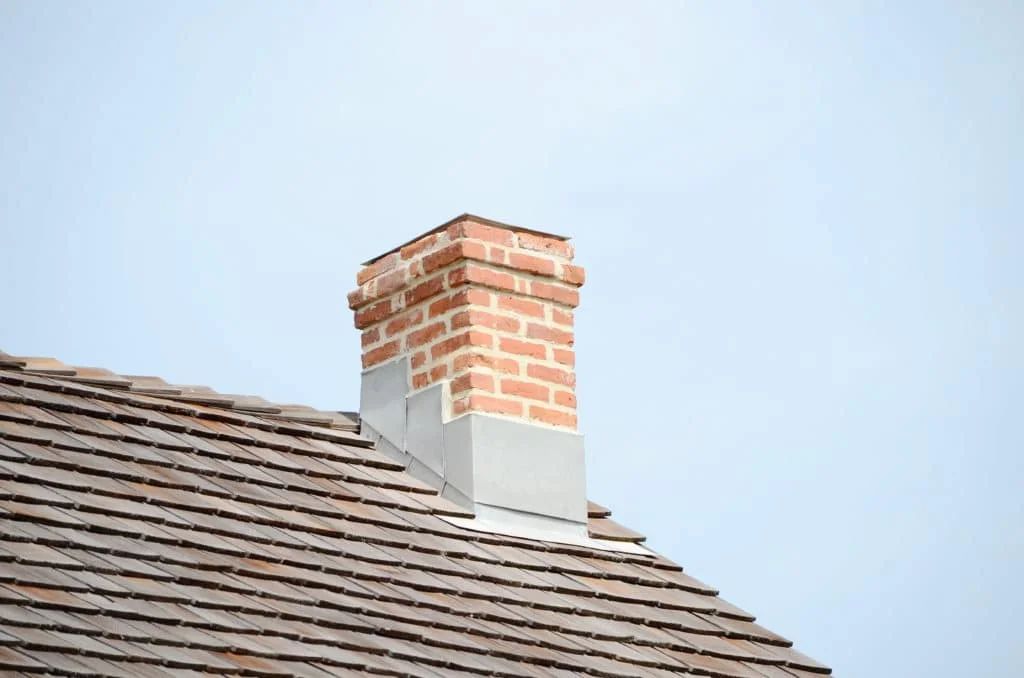
Next, move to the basement or crawl space. Here, you’ll want to investigate structural elements such as posts, piers, beams, and supports.
Ensure that posts are straight up and down, and sitting level on piers or supports. Beams should also be level.
Look for puddles or damp spots. Check wooden structures for rot by making shallow cuts with a screwdriver. If you see any of these red flags, move your investigation to your home’s exterior.
Step 2: Seek Exterior Indications of Foundation Cracking
Once you’ve found interior evidence that the foundation cracked, gather evidence outside. Start by eyeballing your foundation wall from each corner.
The walls should appear straight from one side to another, and from top to bottom. If you can’t tell, grab a level and double-check.
If you notice curving, bulging, bowing, or leaning, your foundation may have shifted.
Alternately, the soil around the foundation may be saturated or too dry, both of which can apply pressure to the foundation walls.
For homes with a poured concrete foundation, look for areas of chipping or flaking. You may want to try to chip at the concrete with a screwdriver; a sturdy foundation won’t flake.
If yours does break up, it may indicate that your foundation contained too much water when it was poured, or that contains contaminants. Either issue (common in many older homes) can cause deterioration, cracking, and instability.
Step 3: Identify Types of Foundation Cracks
Common causes of foundation cracks include:
- An older home that has a foundation made of stone or limestone
- A home built on a slope or hill, which diverts water flow toward the foundation
- “Elastic” soil around your foundation that expands when wet and contracts when dry
- Poor drainage around your home
- The housebuilder took shortcuts to make foundation concrete dry quickly, or used low-quality materials
- Your region experiences extreme temperate changes, so the soil around your foundation expands when warm and contracts when cold
- Tree or plant roots around your home are leaching moisture from the soil, drying out the foundation
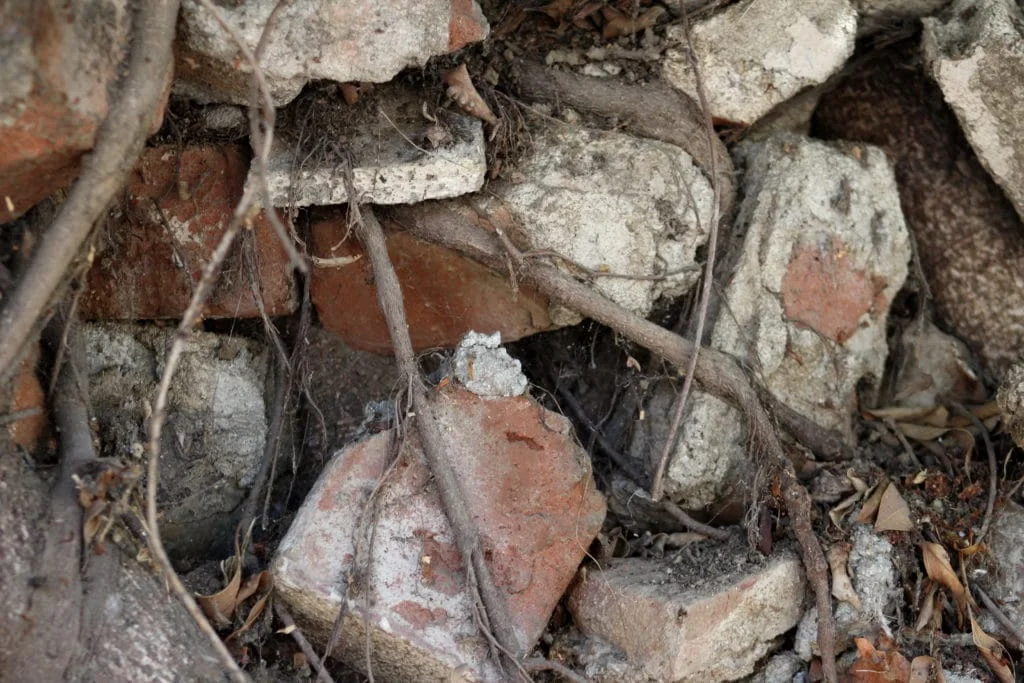
These issues cause different types of foundation cracking. Determining a crack’s general direction can provide information about what caused the crack, and a better idea of the extent of the damage.
There are three general types of foundation cracks: Vertical, diagonal, and horizontal. Let’s take a look at each.
1. Vertical Foundation Cracks
Vertical foundation cracking is the most common. Luckily, it’s also (usually) the least worrisome.
This type of foundation crack runs up and down. Sometimes, the crack may veer off as much as 30 degrees but tends to have an overall “south-to-north” orientation.
Vertical cracks may simply be the result of your house settling over time. But this type of crack isn’t exclusive to older homes. Even new houses can get vertical foundation cracks, as houses tend to settle quite a bit in the first few years after construction.
Vertical cracks often require the easiest — and least expensive — fix. Epoxy or urethane can be injected into the crack, sealing it and preventing further expansion.
2. Diagonal Foundation Cracks
This type of crack runs on a diagonal between 30 and 75 degrees. They commonly appear either in the foundation itself or on a basement wall.
When a house settles unevenly and one side moves more than another side, known as differential settling, a diagonal crack results. It’s commonly found when a home is built on a slope or hill. The soil under the home contracting and expanding at different rates may also cause diagonal foundation cracks.
After the crack is sealed, the cause of the differential settling must be addressed to resolve the issue. Sometimes, adding or redirecting rain gutters to divert water from soggy spots around the foundation may offer a solution. This extra work may add to the cost of the repair.
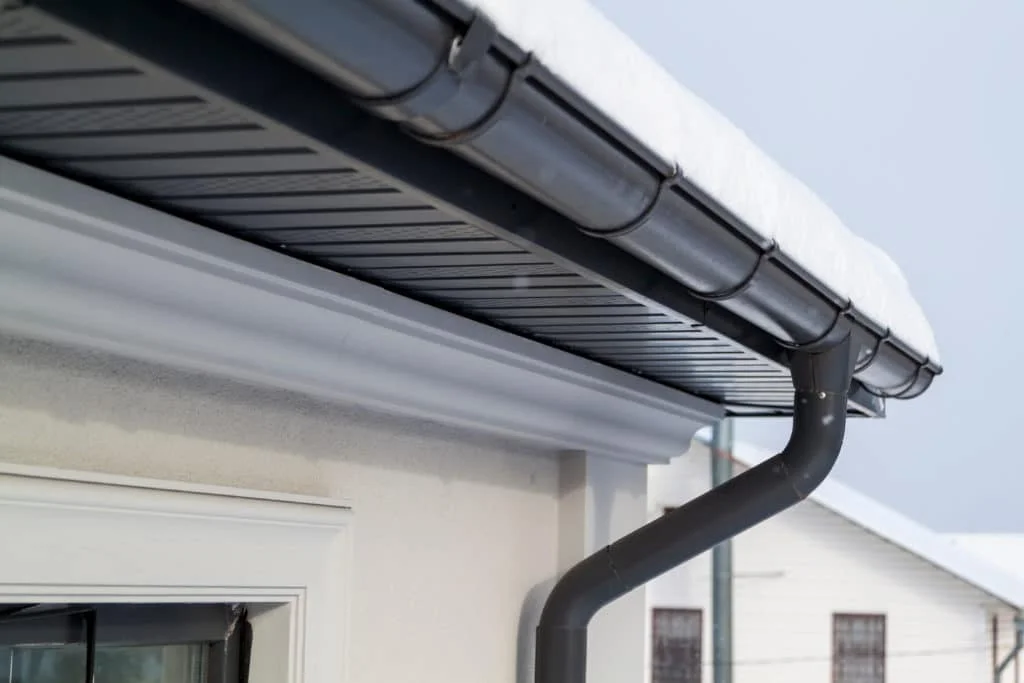
3. Horizontal Foundation Cracks
Horizontal cracks may be symptoms of serious foundation problems. When cracks run from side to side, it may indicate damage to your home’s structural integrity.
Usually seen in houses with brick or concrete block foundations, horizontal cracks result from external pressure. Common culprits include soil pressure building up around the foundation, or hydrostatic pressure that bows basement walls, causing cracking.
Horizontal foundation cracks serve as a red flag that there’s something seriously wrong with the foundation. Getting this issue diagnosed and repaired quickly is key, as waiting may result in a loss of your home’s structural integrity.
Step 4: Diagnose Cracks in Your Foundation
Now that you’ve identified the direction in which your foundation cracked, diagnose the severity in order to determine your next course of action. Look for these general types of cracking patterns:
Map Cracks
Map cracks look like a web of tiny cracks in the surface of the foundation. In many cases, this type of cracking is just a cosmetic issue.
If you find map cracks, keep your eye on them. If they start to spread or widen, you’ll need to call in a foundation professional.
Hairline Cracks
If you’ve got a hairline crack — or a crack that’s less than the edge of a penny in width — you’ll be able to see it inside the foundation.
Hairline cracks are often the result of seasonal temperature changes. When a foundation expands and contracts as temperatures rise and fall, the concrete cracks slightly.
Though hairline cracks may not be allowing water to seep through, they can widen over time. If water gets in, the damage will worsen.
It simply makes sense to fix hairline cracks while they’re still small. Usually, a semi-rigid epoxy will stop the crack and prevent water seepage.
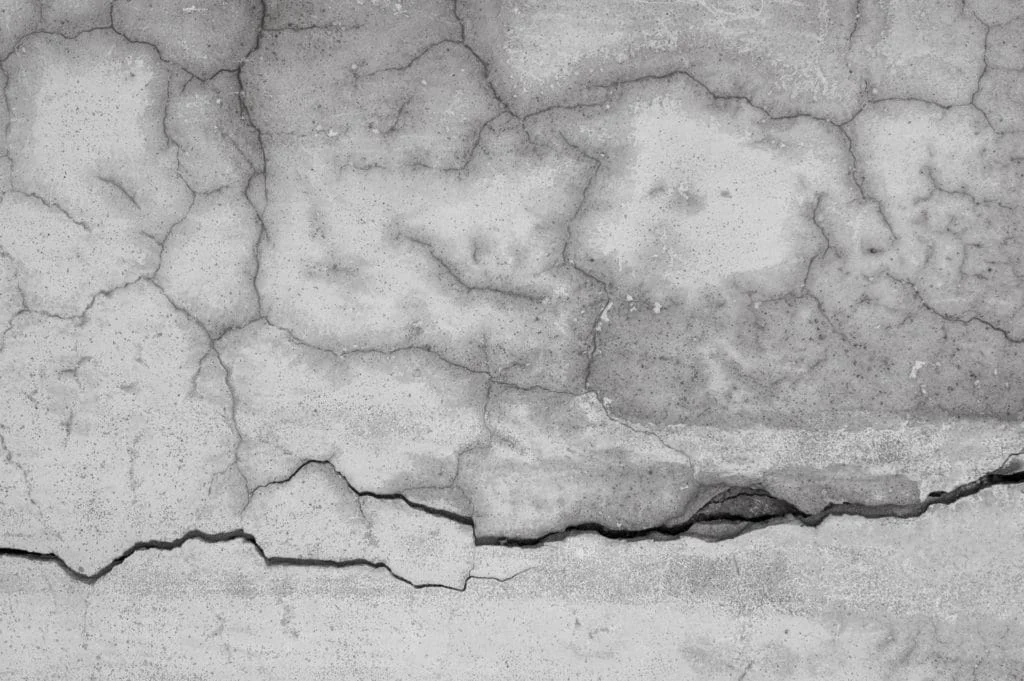
You’ll save money in the long run by treating hairline cracks early. In most cases, you should try to fix this type of crack within three to six months of discovery.
Wide and/or Multiple Cracks
If cracks are wider than a hairline, there are several cracks in one place, or you find multiple cracks throughout your home, your house is likely experiencing foundation settling. To be sure, check for other signs of settling, which may include:
- Cracks in your home’s drywall (generally in the walls or the ceiling)
- Cracking around window frames and door frames
- Windows and doors that don’t open and close easily, stay open without being held, or stay shut without being locked
- Visible cracks in the outer foundation
- Gaps or uneven spaces between bricks or concrete blocks
If not repaired soon, settling can worsen over time — and repairs will be even more expensive. If you discover evidence of settling, take action within three months.
Stair-Stepping and Long Horizontal Cracks
Horizontal cracks may be the result of rebar “popping” out of the foundation. Builders insert rebar into foundation concrete when they pour it. If the rebar is too close to the surface, it can fold or break, causing it to “pop” and the foundation to crack.
Some long horizontal cracks, especially when accompanied by bowing or leaning walls in the basement or crawl space, may indicate an even more serious problem. In concrete block foundation walls, cracks that look like stair steps represent a big red flag.
These types of cracking may indicate a situation known as “lateral failure.” This means that the foundation is under pressure and may be losing integrity. In many cases, it’s a result of soaked soil pressing in on the foundation walls.
According to Home Advisor, repairs of this nature can easily reach $10,000 or more. This type of foundation repair should be completed within two months. Unfortunately, waiting to fix the problem may result in serious (and costly) structural damage to your home.
Step 5: Determine the Best Methods for Fixing Foundation Cracks
The best way to fix foundation issues depends on the cause and type of foundation cracking. Minor cracks may need an injection of epoxy. This material, which starts as a liquid and hardens to a strong and waterproof solid, can be used to seal the crack and prevent widening.
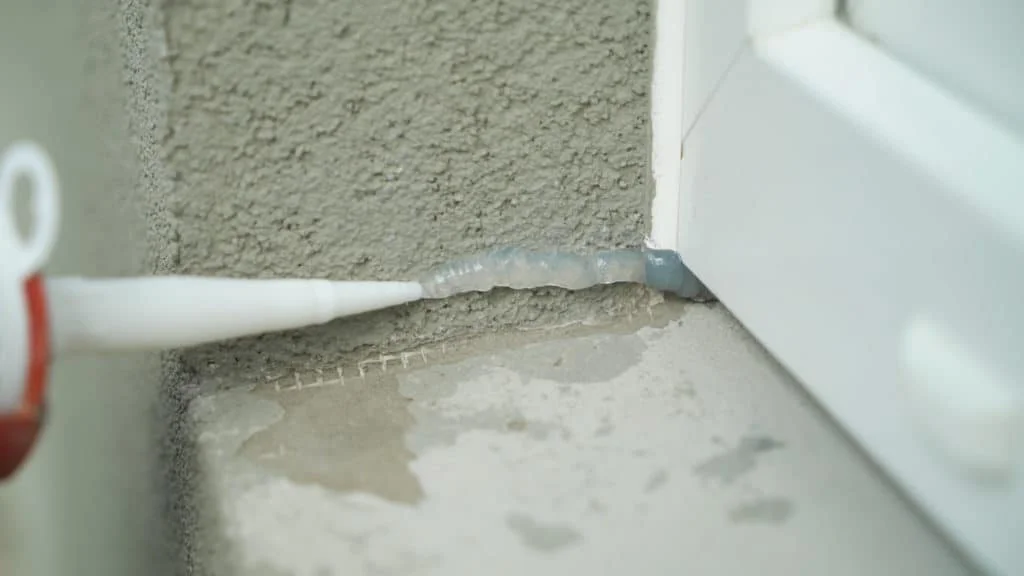
If epoxy alone isn’t enough, carbon fiber strips or bolted steel braces may be used to strengthen and bond the crack. This method may be effective on wider cracks, or when walls are bowing due to external pressure.
Carbon fiber strips cost about $450 each, and they’re applied every six feet or so along foundation walls. Steel braces cost about $700 each, and they’re also spaced at about every six feet.
In cases of settling, piers may be driven in. These can help the foundation continue to bear the weight of the house. Installing piers runs to about $1,500 per pier, and they’re installed every six to eight feet. Helical wall anchors may add another level of stability.
Sometimes, the only solution is to replace the foundation. This necessary repair runs into the tens of thousands of dollars.
Step 6: Take Action Toward Preventing Foundation Problems in the Future
Now that you’ve identified and diagnosed foundation cracks in your home, take steps to prevent more foundation problems. Start by ensuring that water flows away from the foundation.
If your home doesn’t have downspouts, consider installing them.
If the land around your home slopes toward your house, consider foundation grading. As a general rule, the soil should be graded about six inches for every 10 feet to divert water flow. Home expert Bob Vila also recommends using a French drain to keep water away.
Soil that’s too dry also leads to foundation cracks. Installing a watering system can help keep the soil around your foundation at the correct moisture level.
This can be as simple as a garden hose, or more complex, such as an automated irrigation system to keep the soil moist.
Trees and shrubs that grow close to the foundation can exacerbate dry soil by leaching moisture. Roots can also grow too close to the foundation, applying pressure and causing cracking.

When planting, choose species with non-invasive roots. If large trees or shrubs already grow near the house, install a root barrier around the foundation.
What If I Can’t Afford Foundation Repair or Replacement?
Repairing a foundation isn’t cheap. What happens if you can’t afford to fix foundation cracking and other issues?
It’s a common problem; most homeowners simply don’t have tens of thousands of dollars at their disposal. But ignoring foundation problems may result in more costly repairs down the road.
Over time, foundation issues can lead to a number of serious problems, such as mold, radon gas leaks, and severe structural damage.
Along with these safety concerns, foundation problems make it very difficult to sell a house. Most potential homebuyers don’t want to take on a house that requires such expensive, but necessary, repairs.
Fortunately, you have options when it’s time to sell your house… even with foundation problems. HomeGo buys homes as-is, including damaged or cracked foundations. HomeGo makes a firm offer, eliminating the need for repairs and renovations, and many home sales close within two weeks.
Why not avoid the stress and cost of foundation repairs? Instead, sell to HomeGo and avoid the hassle and expense.




